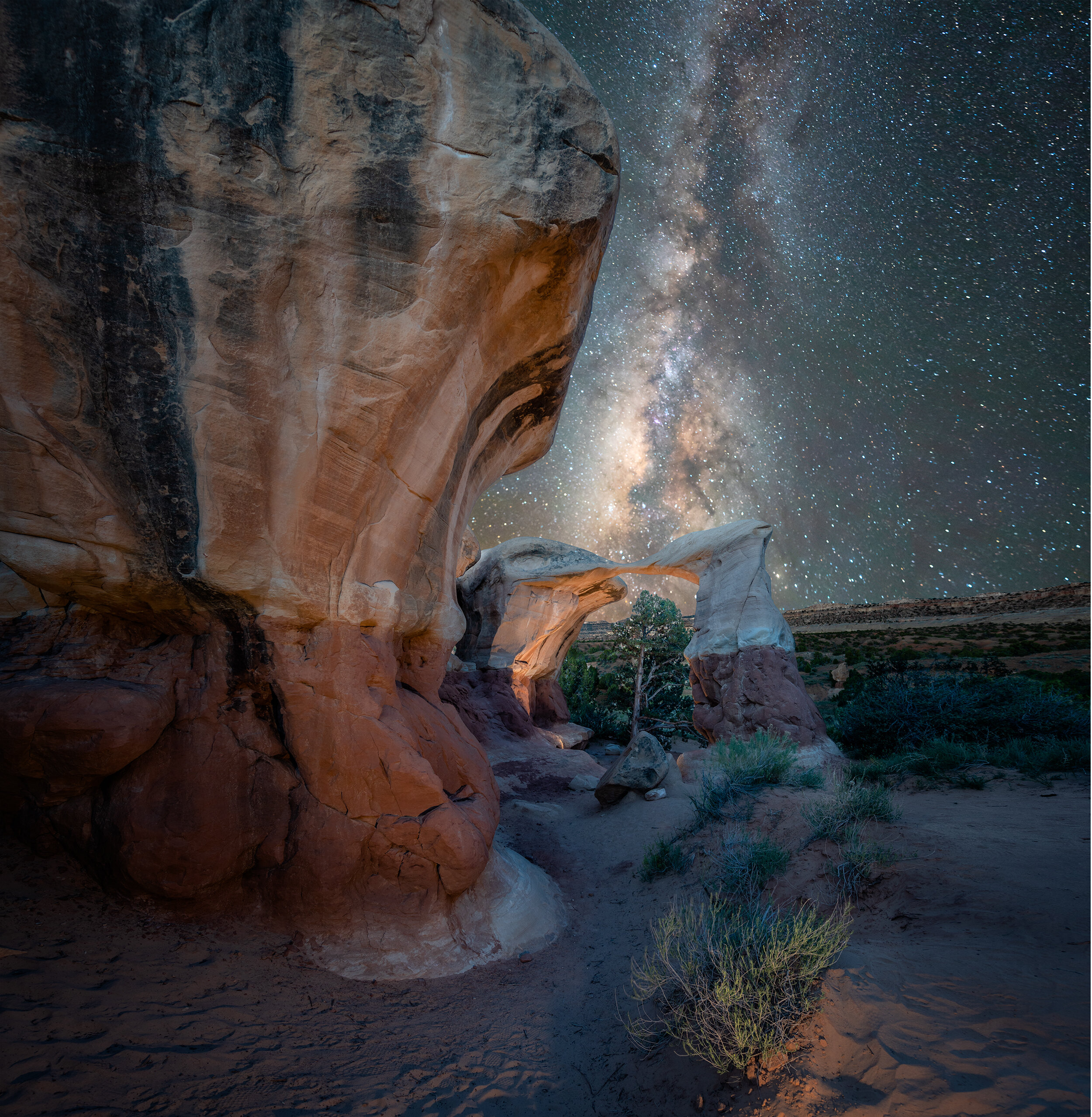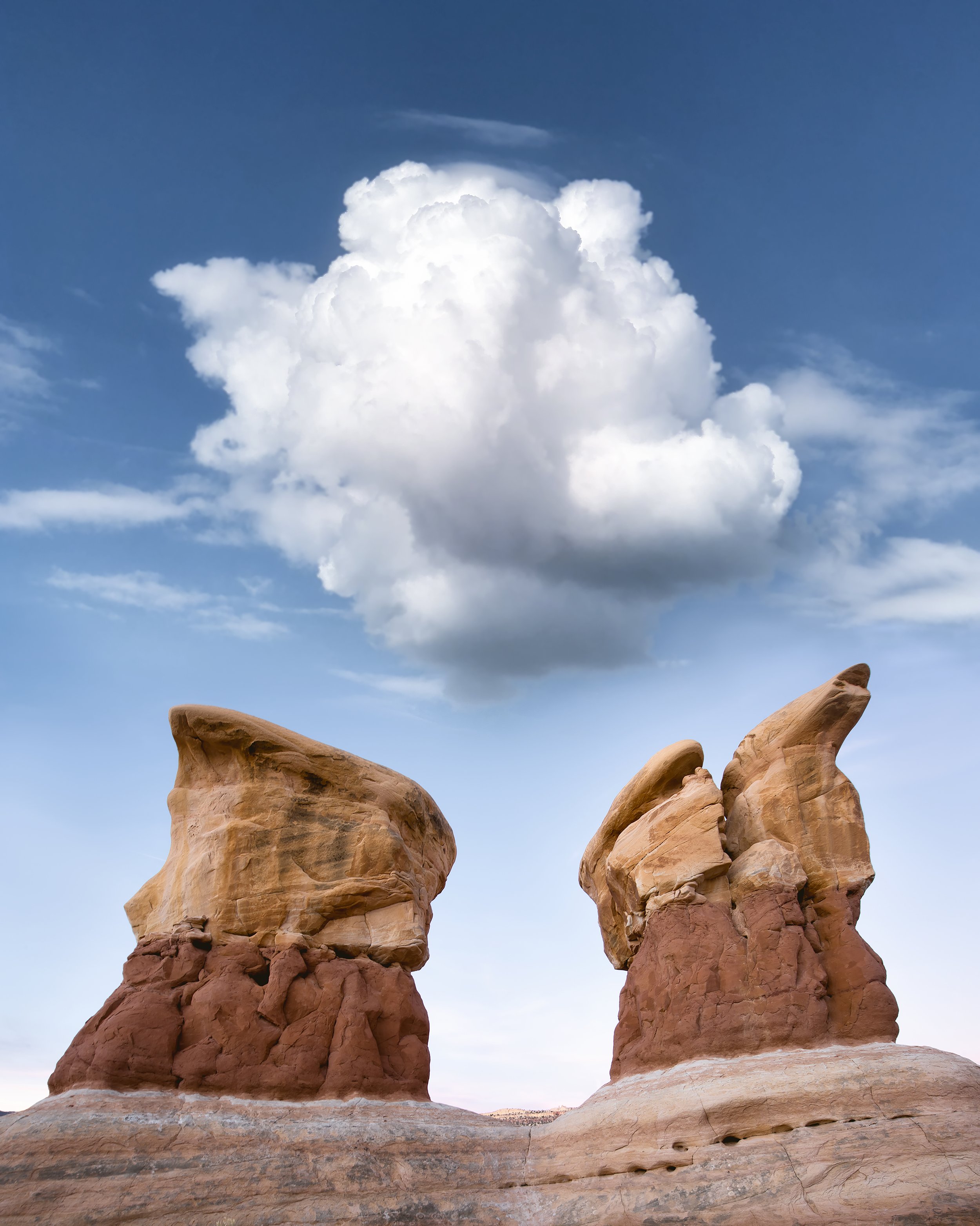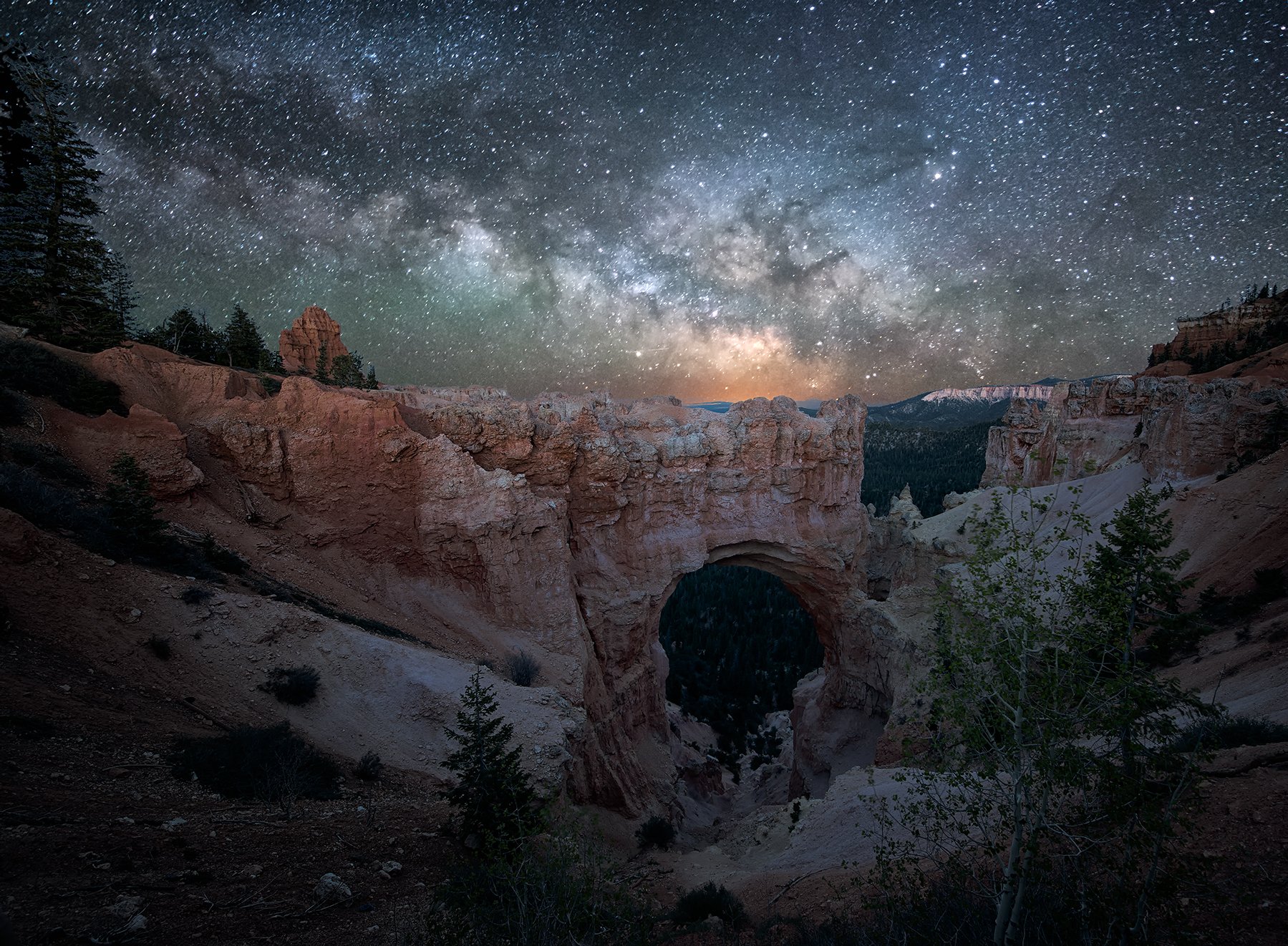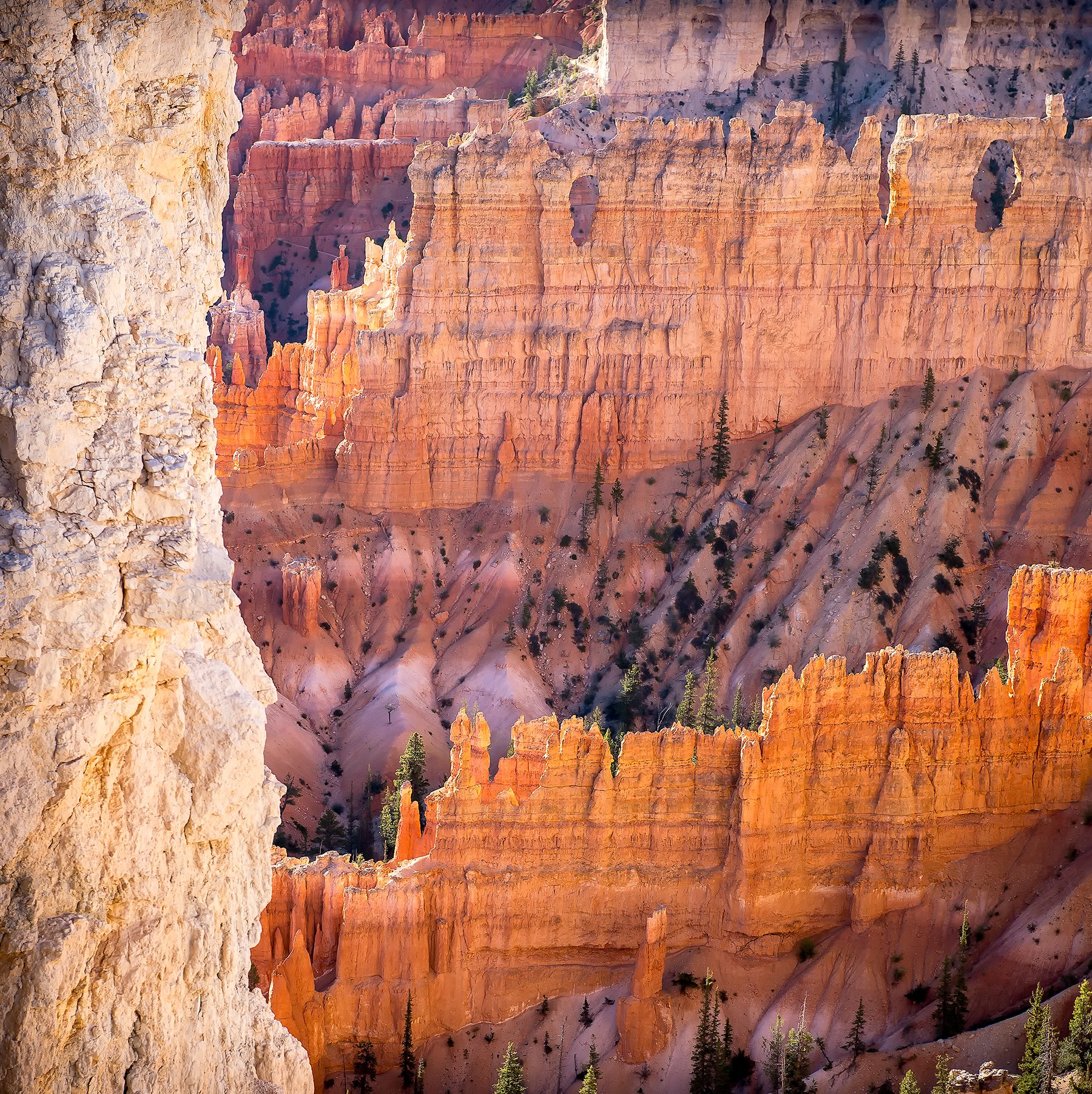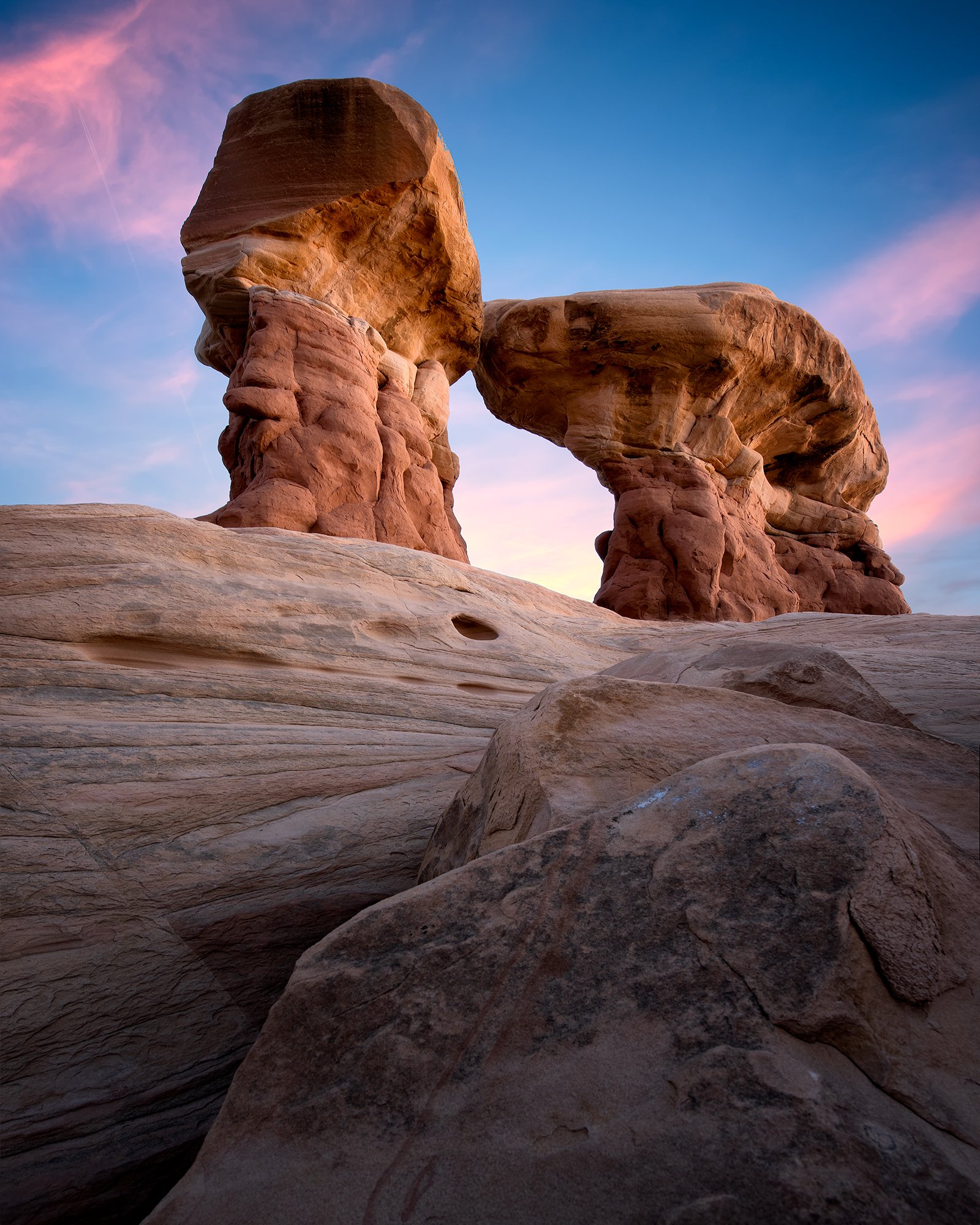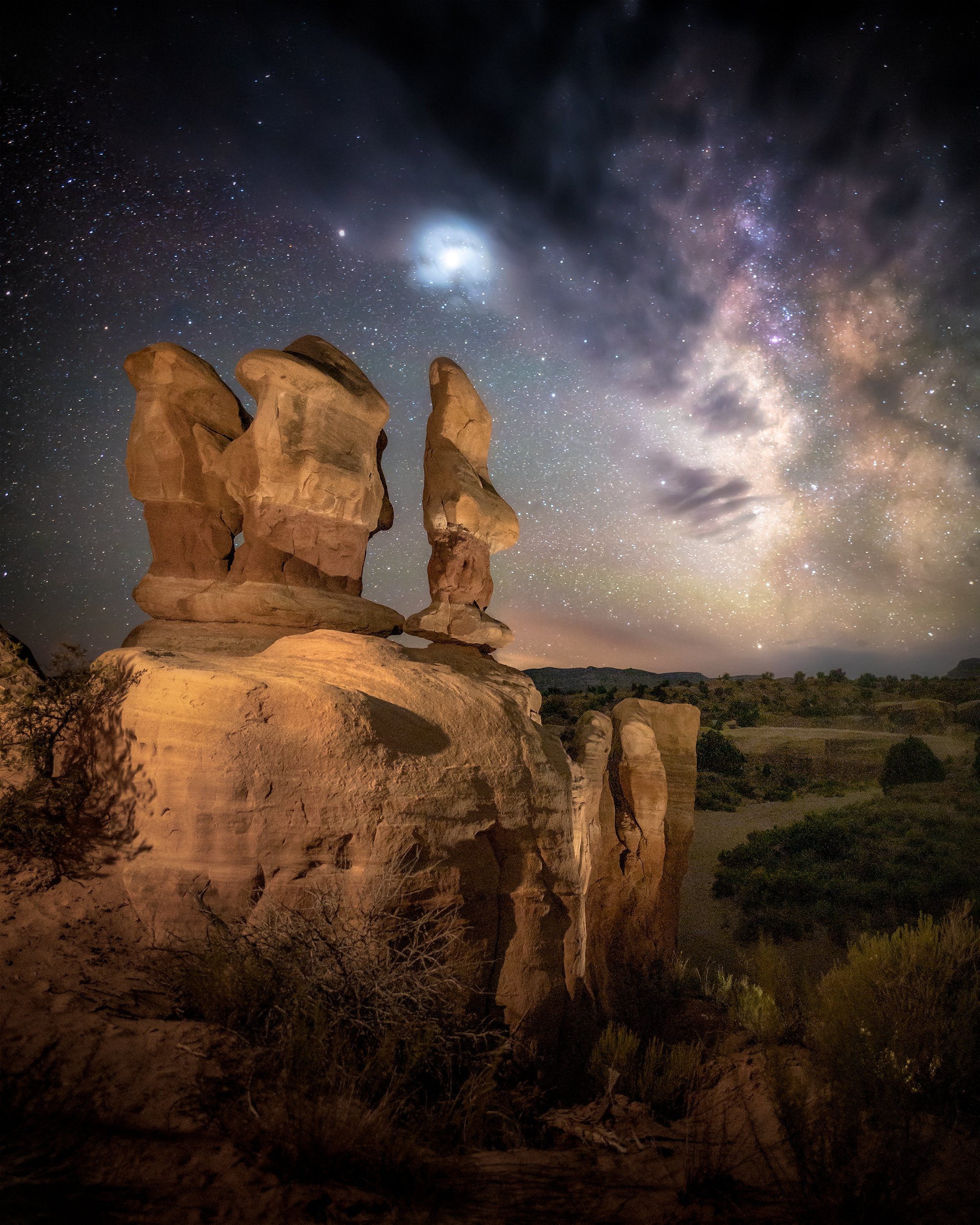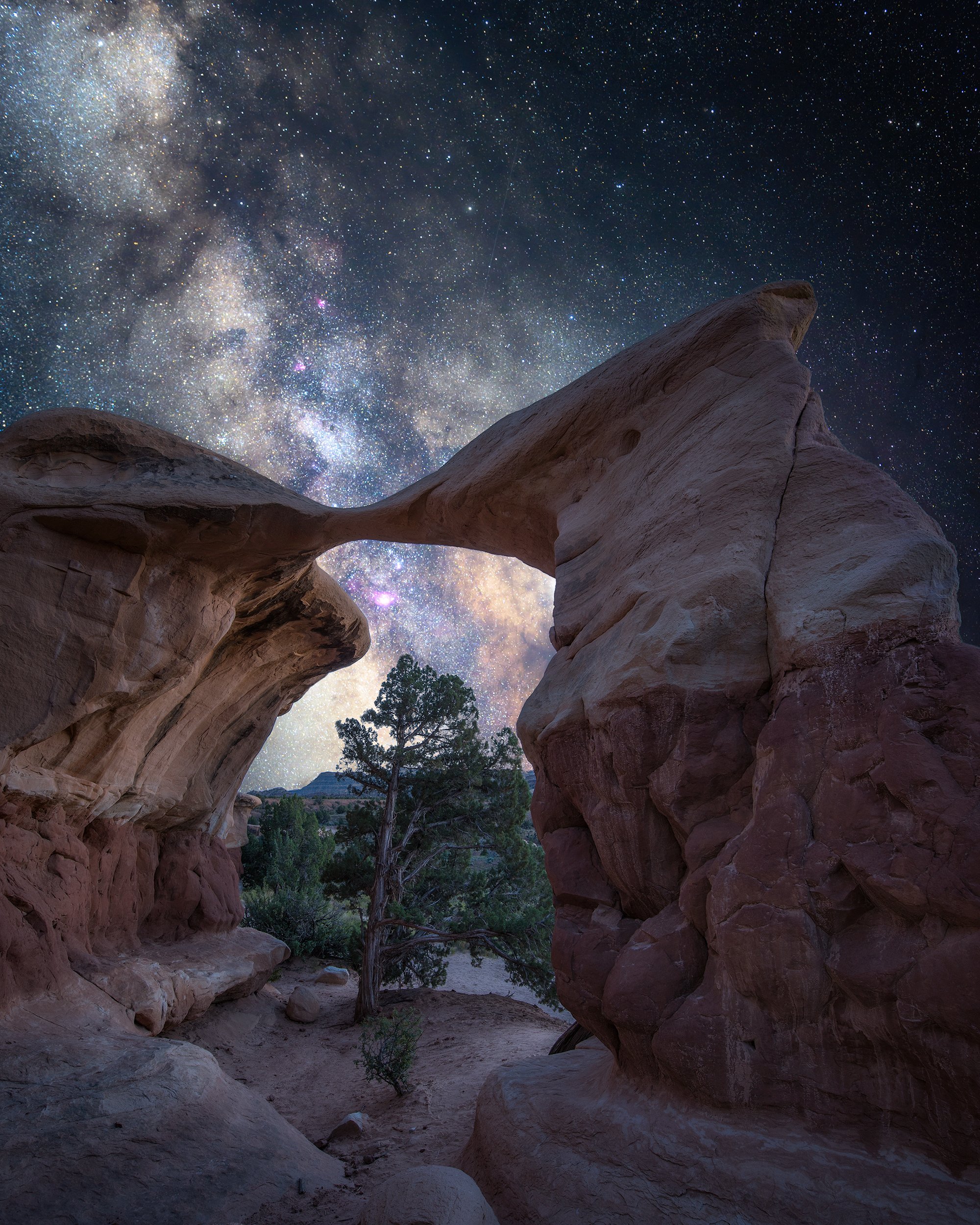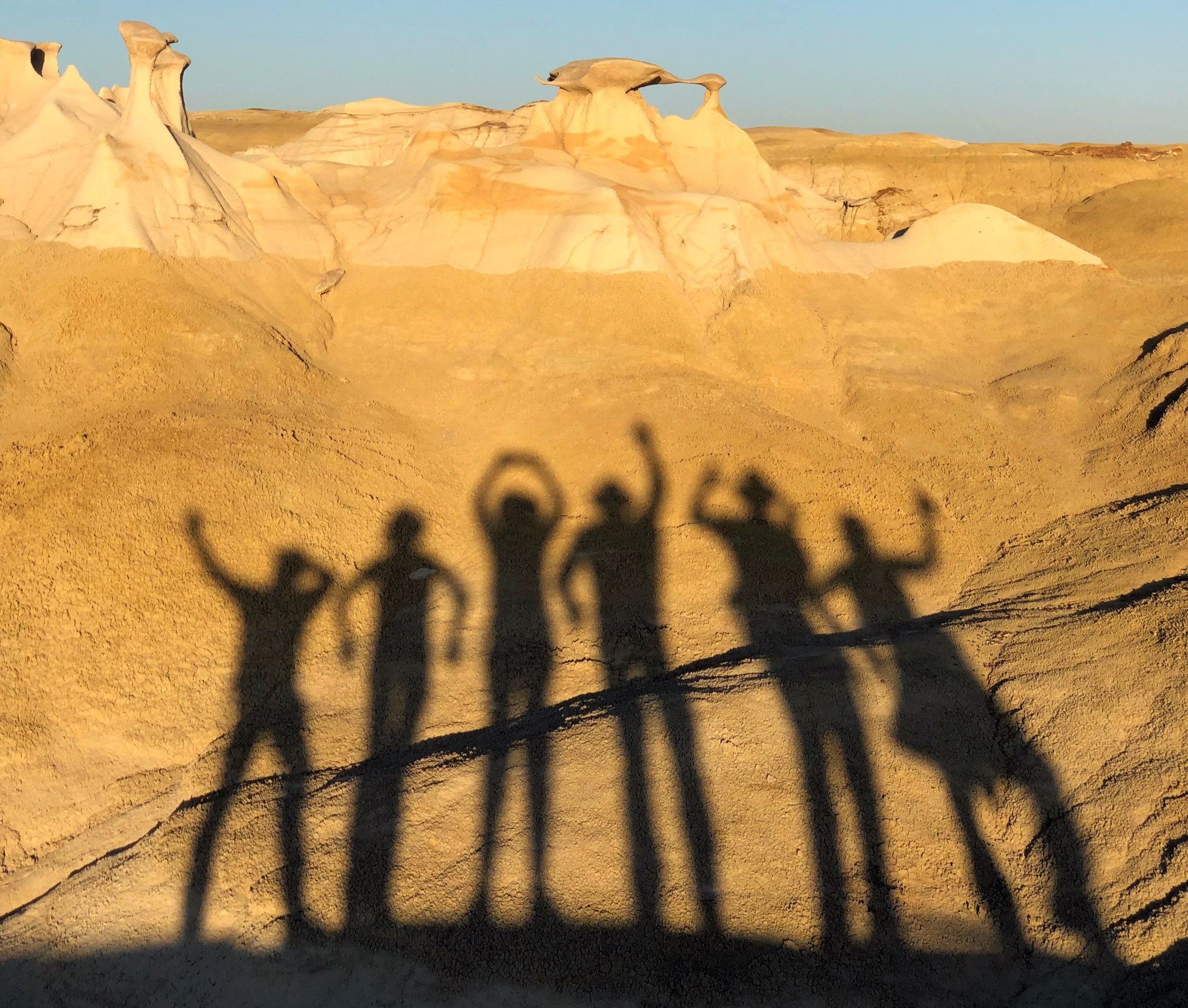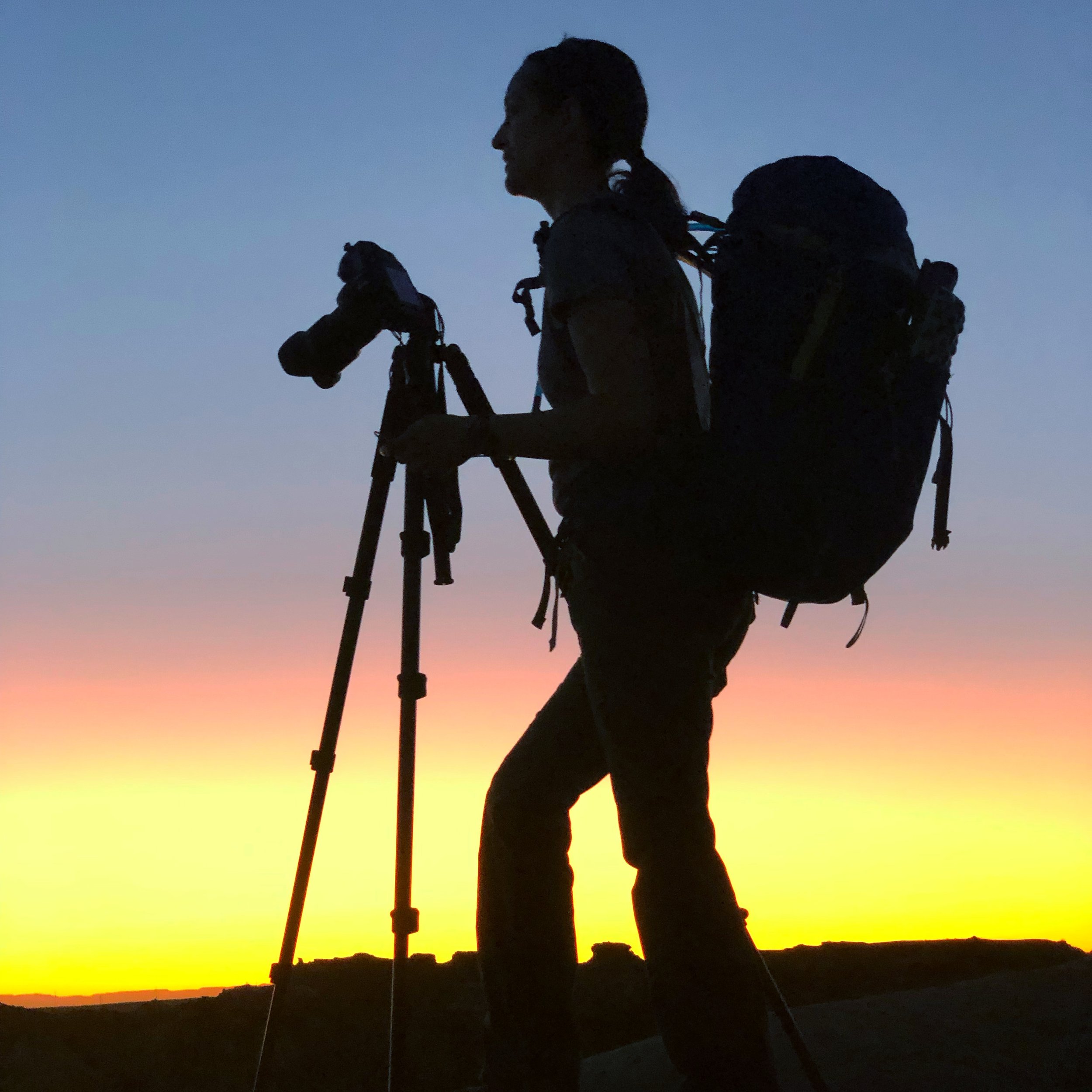
.
UTAH’S SPARKLING LAKES &
HEAVENLY HOODOOS 2025
JULY 20-24 (Sunday–Thursday)
Discover the magic of Utah's iconic landscapes on this five-day adventure. From vibrant sandstone hoodoos to serene sparkling lakes, capture breathtaking scenery by day and the Milky Way by night. Join us for an unforgettable photography workshop that blends education and exploration in the heart of the Southwest.
(Small Group – Five Students)(Private Accommodation Included in Your Booking)
On this landscape and Milky Way extravaganza, we travel from Salt Lake City to chase unforgettable locations in three parts of Utah that showcase the rich diversity of the terrain. We begin with two exciting days in Devil’s Garden, capturing compositions of beguiling hoodoos against a starry night sky, and then make our way to Bryce Canyon to explore the spectacular display of natural wonders and eye-popping color. The last leg of our journey heads north to the refreshingly cool High Uintas, where sublime alpine lakes reflect the majesty of the Milky Way in all of its splendor. The Uintas commonly see temperatures forty degrees cooler than Salt Lake City, and with that, air deliciously fresh and lakes crystal clear.
FEATURES OF THIS TRIP
WHERE WE WILL TRAVEL
Grand Staircase–Escalante National Monument
The Grand Staircase is a series of five “steps” rising about 5,500 feet across the southwestern part of the monument; each step encompasses a different coloured expanse of cliffs and a different biome, ranging from nearly barren desert to evergreen forest. The arid Kaiparowits Plateau rises above the surrounding land in the center of the monument and contains prehistoric artifacts, petrified wood, and fossils. In the northeast, the Escalante River has cut deep into the sandstone over many millennia to create a tangle of interconnected, sometimes quite narrow, steep-sided canyons. Wildlife includes black bears, mountain lions, coyotes, mule deer, elk, kangaroo rats, bighorn sheep, a variety of snakes and lizards, and nearly 300 species of birds. Various habitats support a range of plants from coniferous and deciduous trees to cactus and yucca.
Bryce Canyon National Park
Bryce Canyon is a national park located in the state of Utah, covering 35,835 acres, with stunning vistas, unique geological formations, and diverse plant and animal life. A main attraction of Bryce Canyon are its towering red rock spires and pinnacles known as “hoodoos,” along with a variety of other geological formations.
The early historical record of Bryce Canyon involves its early origins. Three native peoples are known to have inhabited the area: the Anasazi, the Fremont, and the Paiute. However, due to its harsh winters, the Anasazi and Fremont were unlikely to have taken up permanent residence. The Paiute Indians, however, did occupy the area of Bryce Canyon starting around 1200 A.D.
Bryce Canyon got its name from early Mormon pioneers who tended sheep and cows in the area long before it became a national park. Ebenezer Bryce, a Mormon pioneer, homesteaded in the area in 1874, where he and his family settled and helped build the first church in the area near Bryce Canyon in 1875. He also constructed a logging road in the Bryce Amphitheater.
High Uinta Mountains
The Uinta Mountains are a high, pristine mountain area in northeastern Utah that is popular for fishing, hiking, backpacking, horse packing, hunting and other outdoor activities.
Most of the Uinta Mountain Range is contained within the Ashley National Forest, which was established in 1908 by President Theodore Roosevelt. The western portion lies within the Wasatch-Cache National Forest, which was created by presidential proclamation in 1906, and the Cache National Forest, which was designated in 1907. The High Uintas Wilderness was established by Congress in 1984. It includes 460,000 acres and is the largest wilderness area in Utah.
There are well over 1,000 natural lakes in the Uintas and more than 500 of them support populations of game fish. There are also over 400 miles of streams.
The Uinta Range is the highest in Utah, and is the only major range in the contiguous United States with an east-west orientation. Elevations range from 8,000 feet in the lower canyons to 13,528 feet atop Kings Peak - the highest point in Utah. Ridges divide the area into large, scenic basins; many ridges rise abruptly several thousand feet above the basins.
Temperatures in areas above 10,000 feet are seldom above 80 degrees during summer days. Night temperatures during summer are 30-40 degrees, with freezing possible at any time, and summer afternoon thunderstorms may occur with little warning.
Before You Book Your Trip,
Sign Up with the K-Group for FREE
It Will Save You Money on This Workshop!
Allow Me to Introduce Myself
It is my privilege to share with you my knowledge of photography, which was instilled during my childhood by my late father and mentor, Lowell Anson Kenyon, Chief of the Office of Photography for the Smithsonian Institution.
My style is upbeat, and enthusiastic, and l provide a positive learning environment that nurtures your art, and grounds you in best practices through personalized instruction. My tips and time-tested techniques will help you pursue your brand of photography with greater purpose and with more intentional creativity.
I hope to share with you my passion, not only for capturing compelling photographs, but also for allowing yourself to be “captured” by the beauty and awe of this place – to connect with nature, and appreciate the relevance of our great western treasures.
These workshops are adventurous, and you will enjoy maximum time in the field.
There is no arguing that golden hour light is wonderful, but you will also learn how to maximize any lighting scenario, simply because we don’t always have the luxury of creating images in golden hour, or under perfect light for that matter. You will also be encouraged to use all of your lenses, whether that be a macro for Autumn still life compositions, or a telephoto to capture intimate landscape details otherwise far from view. Remember, you can always rent lenses if you don’t already own them.
To ensure you receive a well-rounded educational experience, following this workshop, I provide you with two-hours of HD video content from my Digital Darkroom series. The series is suitable for all skill levels in post processing, and use both Adobe Lightroom and Photoshop. If you are uncomfortable with Photoshop, please know there will be content processed solely in Lightroom.
So join me on this Milky Way Road Trip, where filling you with memories is as important as filling your memory cards with unforgettable images.
Trip Overview
Bring your curiosity, your creativity, and of course, your camera, and get ready for a great time, with like minded folks, in this mezmerizing region of the southwest! While this workshop emphasizes nightscape photography, I have selected wonderful locations for sunrise, and sunset. Our scheduled includes a limited number of destinations so that you ample time to explore a variety of compositional approaches.
-
WORKSHOP SNAPSHOT
DATES: July 20–24, (Sunday–Thursday); four-days/four-nights under dark skies
PRICE PER PERSON: $2,995 (Includes all lodging) Deposit of $1,495 to hold your place, with final payment due approximately 120 days prior to the trip.
GROUP SIZE: Limit 5 Students
PHOTOGRAPHY LEVEL: Beginner-Advanced
TERRAIN: Sandy and rocky terrain, generally flat. All locations will be accessed by paved and dirt roads
ALTITUDE: Escalante: 5,820’ Bryce Canyon: 9,000’
ACTIVITY LEVEL: Moderate activity with treks approximately two miles round trip on sandy/rocky gently sloping terrain
CLIMATE: • Escalante: Highs 92°F; Lows 57°F • Bryce: Highs 80º; Lows 50º Uintas: Highs upper 70ºs; Lows 50ºs
AIRPORT(S): Salt Lake City, Escalante Municipal
NEAREST TOWN(S): Escalante, UT, Tropic, UT, Kamas, UT
VEHICLE: All locations are accessible by sedan
ACCOMMODATIONS: Your reservation awaits you at the Cowboy Country Inn, Escalante, UT, and at the Bryce Canyon Resort near the entrance to Bryce Canyon N.P. (see details below)
ITINERARY SNAPSHOTTRIP VITALS: Sunday, July 20, we meet at 2:00 p.m. at TBD, in Escalante, Utah. We will remain in the Escalante area, including one of my all time favorite locations, Devil’s Garden, for the first two nights of our trip, then check out of our hotel on July 22. We then head to Bryce Canyon National Park for one day, where we will enjoy capturing the natural wonders throughout the park. On July 23, we head north to the High Unintas for our final night of Milky Way photography along the shores of a sublime alpine lake. We reminisce on our adventure, and say our goodbyes on July 24 over breakfast in Kamas.
SHOOTING SCHEDULE: Detailed itinerary is emailed to you approximately 30 days prior to our start date. Be sure to dress for the temps, and bring snacks, and beverages. Bryce can be in the low 30°s at night, even in June!
LODGING: Your room for July 20–22 (two nights) is reserved at the Cowboy Country Inn, Escalante, UT. Reservations for July 22-23 (one night) at the Bryce Canyon Resort near the entrance to Bryce Canyon N.P. Reference Christine Kenyon Workshop when you check in. Our final night will in Kamas, UT. TBD.
ASTRONOMICAL SNAPSHOT (approximate)
MORNING
Blue Hour: 5:40 a.m. - 5:52 a.m.
Golden Hour: 5:52 a.m. - 6:49 a.m.
Sunrise: 6:10 a.m.EVENING
Golden Hour: 8:09 p.m. - 9:07 p.m.
Sunset: 8:48 p.m.
Blue Hour: 9:07 p.m. - 9:19 p.m.
Milky Way: 10:40 p.m. - 4:18 a.m.
UTAH’S LAKES & HOODOOS 2025
JULY 20-24 (Sunday–Thursday)
Five Day Landscape and Milky Way Photography Workshop
$2,995 includes lodging
(Only a deposit required if booked 120+ days in advance)
FAQ
-
This Workshop Includes
I love sharing my knowledge of photography, and I trust these amazing places will inspire you. So come and enjoy an exciting, educational, and fun western adventure, all the while knowing that I am there to guide you through each photographic opportunity.
PLEASE NOTE:We will schedule apre-trip Zoom meeting approximately 30 days prior to the workshop start date
Workshop Instruction to IncludeI will guide you through my workflow in the field, the art of approaching the scene, compositional techniques, scouting and strategy, and some creative philosophy to help you elevate your photography to new heights. From scouting and planning using my recommended phone apps, to my complete Milky Way workflow in the field, you will come away equipped with the knowledge, creative insight, and practical applications to achieve your goals.
Instructional Nightscape Guide
You will receive, via email, my “Capture the Night” guide to nightscape photography (PDF). This guide will review camera setup and settings that optimize your photography for both daytime and night photography.
Digital Darkroom InstructionAt no additional charge, each workshop includes a two-hour post processing Zoom session for the group in approximately two to three weeks following the trip. All attendees are encouraged to attend, as we will go through my Milky Way blue-hour-blend workflow. Every effort will be made to accommodate your schedule when we schedule our session. Should you be unable to attend, you will receive an email with the link to an HD video download of the session.
-
What to Bring
GEAR
Camera: DSLR or mirrorless with a wide aperture (i.e., f/2.8 or wider) lens.
Lenses: Wide angle: 14-24mm, Mid-range: 24-70mm, Telephoto: 70-200mm, 80-400mm, etc.(as noted in full frame focal lengths)
Solid tripod and head
Wired shutter release or wireless remote release, for long bulb-mode exposures (if camera is not equipped)
Extra batteries for everything that takes batteries. You’ll thank me.
Extra memory cards, so you don’t miss a single shot
Lens cleaner/blower to save you from dust gremlins
Circular Polarizer (if you only have one filter in your bag, this is it)
3-stop or variable neutral density (nice to have, but not required)
Laptop, or other system to backup your images each day
PERSONAL
Headlamp (did I say bring extra batteries?)
Camera bag + rainfly (yes, even in the desert)
Bring layered, warm, breathable, clothing, including a waterproof shell
Comfortable supportive footwear, wicking socks (wool or synthetic) (keep your feet happy)
Dress for the temps. Layers are recommended. Always check the local forecast as it varies.
Bring snacks and stay hydrated (hydration especially important at altitude)
Consider hand warmers for those early morning shoots, plus warm gloves or fingerless mittens
Trekking poles (better safe than sorry)
Bug repellant (highly recommend Picaridin by Sawyer for the local DEET-resistant night gnats)
Sun Glasses, hat, handkerchief (Desert sand especially hard on the eyes, handkerchief for dusty wind)
Toiletries
-
This Workshop Does Not Include
No ground transportation, or transportation to or from the workshop.
No food/beverages will be provided
There is no insurance provided to cover your travel, trip, your gear, or your vehicle. (Trip insurance is recommended)
No camera gear is provided
There may be little or no cellphone coverage in the workshop locations
-
Requirements
You are responsible for knowing your way around your camera and its menu system. My time with each of you will be spent learning to capture great images. Please do not burden others, and get less out of this event yourself – know and practice your camera, especially if you will be using any new gear on this trip.
Ability to shoot in a variety of weather and environmental conditions from bright sun to summer storms and at elevations ranging from near sea level to over 10,000 feet in elevation, depending on the workshop.
The ability to hike one to two miles per day over uneven, hilly, and at times rough terrain, however, most locations do not involve much hiking at all.
The ability to remain flexible to make the most out of the often changing environmental conditions.
The ability to work well with others in a group setting.
Our group must stay together. Please do not wander off without telling me of your where abouts. We will be in areas with potential hazards that include exposed cliffs, unstable terrain, and wildlife.
You are responsible for knowing and following all park or jurisdictional rules. Leave No Trace. Let’s leave it better than it was! Thank you!
-
With Christine Kenyon's unmatched cancellation policy, your workshop investment remains secure and flexible. If you're unable to attend, you may receive a refund (if your seat is filled), or apply your payment as a credit toward future workshops for up to two years—giving you peace of mind and full control over your plans.
Refunds and Credits
Should you cancel your trip for any reason, you will receive a full refund, minus a $250 cancellation fee, provided your seat can be filled prior to the workshop commencing. However, there is no guarantee that your seat will be filled.
If your seat cannot be filled, your deposit (for non-custom group workshops only) may be applied as a credit toward another workshop within the same calendar year, minus a $250 cancellation fee, provided a seat is available. If any portion of your credit remains unused, up to 50% of the balance may be carried over for use in the following year. All remaining credit expires after that time. Should the credit be used toward a workshop of greater value, you are responsible for the difference.
In the event of more-than-one cancellation within the two-year credit window, all remaining credit, including any additional payments toward the second cancellation, will be forfeited. We strongly encourage clients to confirm availability and commitment before rescheduling.
All workshops purchased using a cancellation credit are not eligible for any other discount. After the credit is applied to a new workshop, the remaining balance due is to be paid in accordance with the standard trip payment schedule.
Should cancelling a workshop, at any time prior to its commencement, result in Christine Kenyon incurring any nonrefundable costs or fees (i.e., group accommodations, AirBNB, third party bookings, etc.), Christine Kenyon will deduct these costs from any existing credit applicable toward future bookings.
Cancellation requests must be made in writing - via mail or email. No refunds will be given for any delays or cancellations for reasons of inclement weather, cancelled or delayed flights, or other events/disasters, acts of God, or for any circumstance beyond Christine Kenyon’s control, either before, during, or after the workshop.
Trip/travel insurance is highly recommended, and a reference can be provided.


